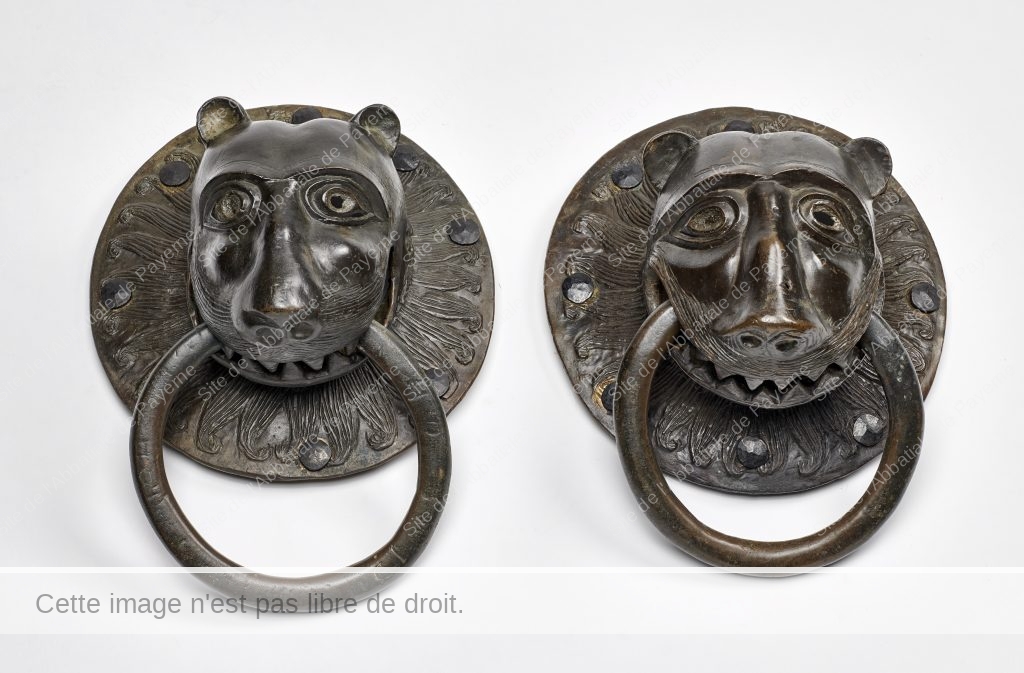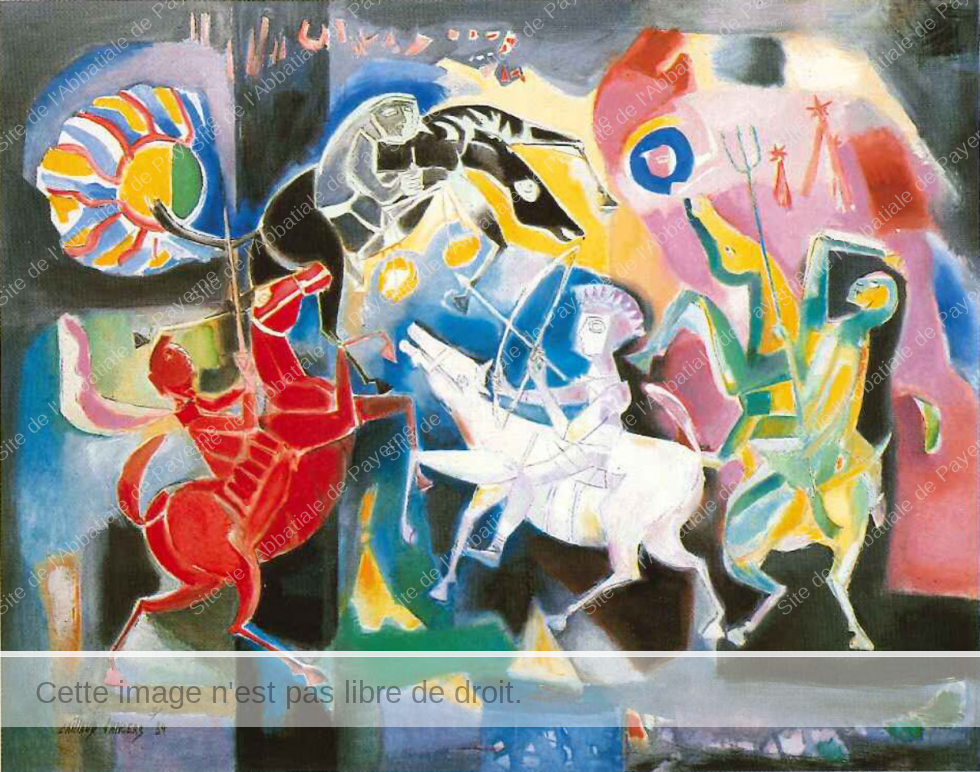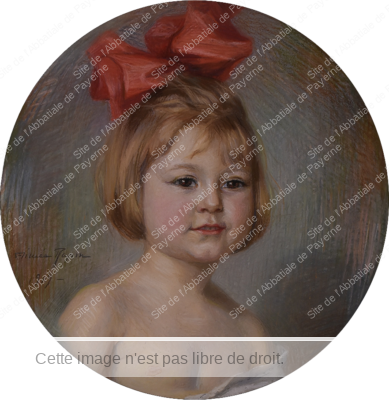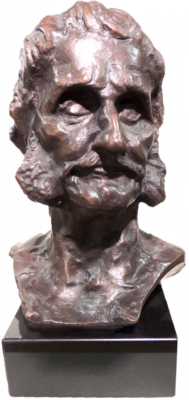The museum of the Abbey Church of Payerne houses collections of medieval art, visual arts, military history, and the history of Payerne. Most of the objects are not exhibited on discovery trail. Discover some of the most important museum pieces on the following pages!
Medieval art
The oldest artefacts in the museum’s collections are linked to the Abbey Church. Among them are two bronze doorknobs dating to the 11th century B.C., which you can admire in the chapter room.

© Abbatiale de Payerne / Rémy Gindroz
The visual arts collection
The visual arts collection comprises the majority of the museum pieces, amounting to approximately 1800 paintings, sculptures, and graphic pieces. It consists of a great number of masterpieces by Aimée Rapin, Louis Caillaud d’Angers, Louis-Olivier Chesnay and Victor de Mestral Combremont. The museum owns around a hundred oil paintings by the landscapist Victor de Mestral Combremont (1864-1952), which his family donated in 1993. Through his widow, Louis-Olivier Chesnay (1899-1999) bequeathed a hundred oil paintings, ink drawings, mixed-technique-artworks, and sketch books to the museum. This important donation comprises the entire work of the artist, who was both a painter and a poet. Furthermore, the family of Louis Caillaud d’Angers contributed at his request the Cycle of the Apocalypse of Saint John, painted in 1984 and 1985. It was initially composed of 40 large-scale oil paintings on canvas, of which 39 are preserved.

Louis Caillaud d’Angers,
L’Apocalypse de saint Jean : 4 – Les Chevaux de l’Apocalypse,
1984-1985, Oil on canvas, 135 x 165 cm
©Abbatiale de Payerne
Aimée Rapin
The painter Aimée Rapin (1868-1956) was born without arms in Payerne. Despite her handicap, she strove for as much autonomy as possible throughout her life by skillfully using her feet. She quickly moved to Geneva where she was taught by Barthélémy Menn, who played a key role in her artistic development. With the encouragement of her great friend, the pianist Stéphan Elmas, she delivered on numerous orders for artwork.
On the 2nd November 1987, a tragic fire in the museum destroyed 91 masterpieces by Aimée Rapin, of which only a few pastel fragments are preserved. Nevertheless, the museum’s collection comprises approximately 200 of the artist’s paintings, which were bought or received after the incident. Most of them were painted in the artist’s preferred technique, pastel painting, and primarily represent portraits and still lives.

Aimée Rapin, Portrait de Charlotte, 1919, Pastel, 40 cm
©Abbatiale de Payerne
General Jomini
Antoine-Henri Jomini (1779-1869) was born in Payerne. He was an important war theorist and strategist. He was influenced by the ideas of the French revolution during his time in the French army and later served Russia.Throughout his life, he published many books, including his famous Traité des grandes operations (1807). His vision of strategy is still taught at military academies.
The collection of the Abbey Church museum comprises a number of objects linked to general Jomini, notably uniforms, weapons, personal objects, literary works including some written by Jomini, prints and a bust representing the general, which was shaped after a plaster sculpture produced in 1864 by the artist Marcello from Fribourg.

Bust of Antoine Jomini, after a plaster by Marcello created after 1864, Bronze,
34 x 25 x 20 cm
©Abbatiale de Payerne
